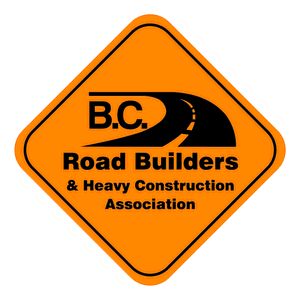Shift Into Winter
Posted: September 1, 2016
Learn How to Drive for the Conditions.
Snow and ice push our driving skills to the limit.
Do you know how to drive properly in winter conditions? The following tips could save you from problems when you are out on the road:
1. Maintain a safe following distance.
The posted speed is the maximum speed under ideal conditions. In winter, it is safer to drive below the posted speed. No matter how much experience you have, the way your car will move on snow or ice always has an element of unpredictability. It takes longer to stop on a slippery road. Look ahead and keep plenty of distance between you and other cars (at least four seconds).
2. Drop your speed to match road conditions.
The posted speed is the maximum speed under ideal conditions. In winter, it is safer to drive below the posted speed. No matter how much experience you have, the way your car will move on snow or ice always has an element of unpredictability.
3. Watch for black ice.
Slow down when approaching icy areas such as shaded areas, bridges and overpasses as these sections of road freeze sooner than others in cold weather. Watch for “black ice”, areas of the road with a thin, almost invisible coating of ice, as it can cause your vehicle to suddenly lose control when you brake or corner.
4. Accelerate and brake slowly.
On slick roads, start slowly and accelerate gradually to maintain traction and avoid spinning your wheels. When stopping, plan well in advance, apply the brakes gently and slowly add pressure. Never brake suddenly.
5. Avoid sudden moves.
Slow down and steer smoothly and gradually to avoid skidding. Accelerate gently, turn slowly, and brake carefully and early. Avoid unexpected quick movements that could put you in a spin. Anticipate turns,stops, and lane changes well before they occur.
6. Know how to handle a skid.
A skid happens when your wheels slide out of control on a slippery surface and is a result of driving too fast for road conditions. If you start to skid, ease off the brake or accelerator, and look and steer smoothly in the direction you want to go. Be careful not to over-steer. If you are on ice and skidding in a straight line, step on the clutch or shift to neutral.
7. See and be seen.
It is critical for drivers to see and be seen in low light conditions, and when blowing snow impairs visibility. Always drive with your headlights on.
8. Be extremely cautious
Be extremely cautious when approaching highway maintenance vehicles such as snow plows and salt or sand trucks. Maintain a safe following distance. These vehicles throw up snow and spray, making it difficult to see. - See more at: http://shiftintowinter.ca/drive-for- the-conditions/
Prepare yourself. Prepare your vehicle



